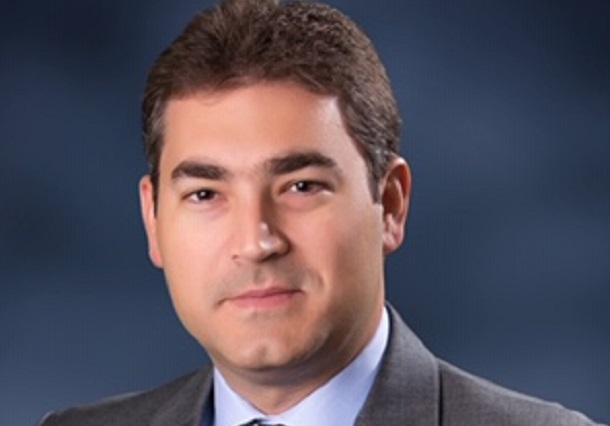MIAMI—For decades, a number of real estate developments and other business ventures have been financed by foreign investors looking to become permanent residents in the US through the EB-5 program. Effective Nov. 21, EB-5 visa seekers/investors are going to pay more as the Department of Homeland Security increased the standard minimum investment amount from $1 million to $1.8 million. For targeted employment areas (TEAs), the required investment amount has risen to $900,000 from $500,000. As a result, there is an expected decline of EB-5 petitions after that date, which means a potential decline of foreign investment funds in the US and South Florida. This has been the first increase since the program's inception back in 1990.
"Foreign investment will continue to flow into the United States either through the EB-5 or alternative visas such as the E-2 (Treaty Investor Visa) although not all countries are eligible for this option, regardless of the visas," says Andres Bazo, foreign legal consultant with Rasco Klock Perez & Nieto. "There are other countries such as Portugal, Spain, UK, Greece, Turkey, Caribbean Islands and the Province of Quebec in Canada, among others, with similar foreign investors programs and these jurisdictions may benefit from this increase in the EB5's investment amounts," he tells GlobeSt.com. Quebec's program, for example, is similar and they recently increased their minimums to C$1,200,000 (equivalent to US$900,000) except for Portugal and Spain where the minimum is E$500,000.
"Wealthy foreign investors will always invest in the US," says Bazo. "Developers, however, may feel the impact since they were getting significant amounts of money through the EB-5 program which may decline after Nov. 21 with these new rules. Out of the 10,000 visas per year, including investors and family members, only around 3,500-4,000 investors get their visas each year. In perspective, this is rather a small number (in people and dollars) when talking about foreign investment."
With the EB-5 program being on such a wide spectrum, there are countless investment opportunities available to the investors ranging from hotels, residential and commercial buildings, stadiums and vineyards, to ethanol plants, food chains, among many others. As of Nov. 4, 2019, there are 811 certified regional centers in the US which allow investors to choose from a big variety of projects and options, Bazo says.
Since the announcement of the new rules in July, many investors rushed to take advantage of the program before the new rules take effect, but on the other hand, many have paused to reconsider their options. Some of the investors may have the funds to continue with their applications, but for many others, this substantial increase will have an impact on their plans and financials.
"These new rules might drive away some investors from coming to the United States on a permanent basis," says Bazo. "It may be too early to call but the next 6-12 months will dictate the future of the program."
© Touchpoint Markets, All Rights Reserved. Request academic re-use from www.copyright.com. All other uses, submit a request to [email protected]. For more inforrmation visit Asset & Logo Licensing.







